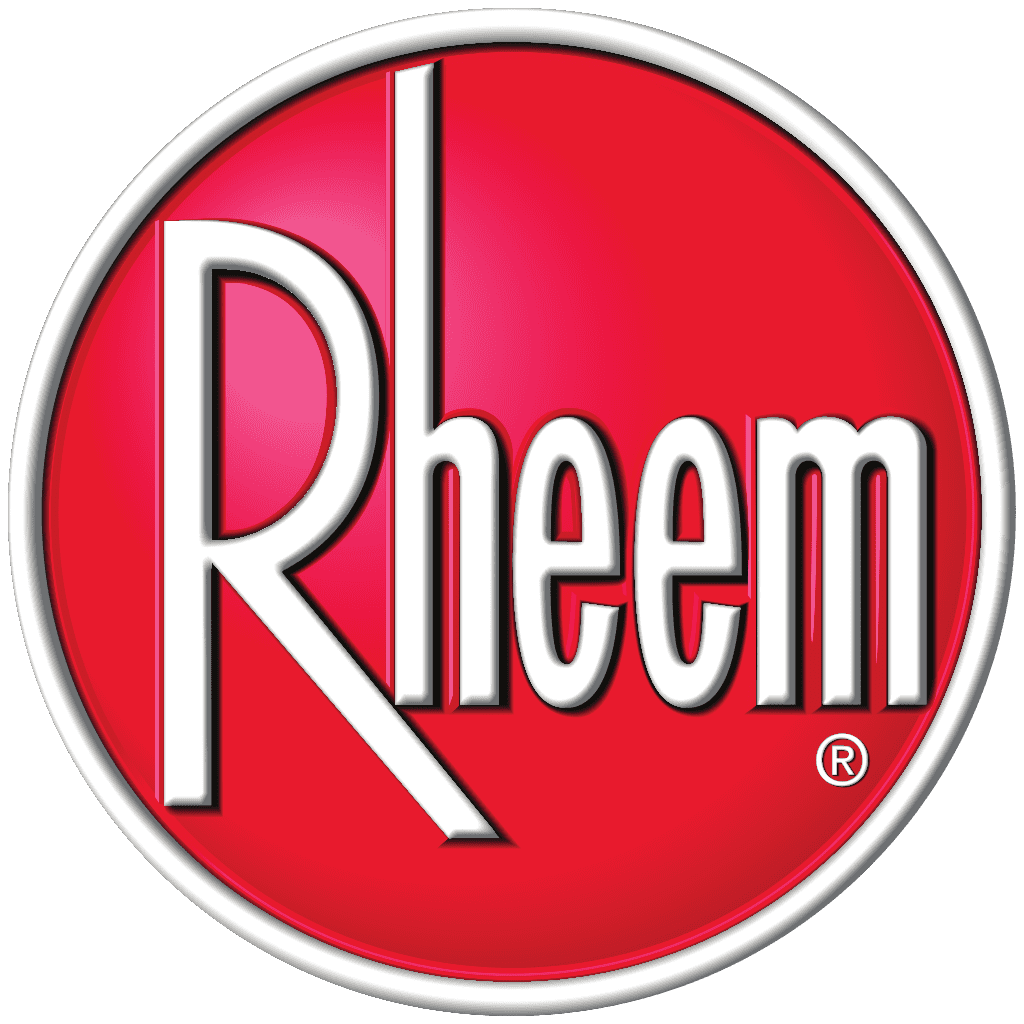Leak Detection & Frozen Pipe Repair

Leak Detection & Frozen Pipe Repair
Water is a precious resource, but when it escapes your plumbing system unnoticed, it can lead to significant damage and costly repairs. Detecting plumbing leaks early is crucial for preserving your home's integrity and avoiding unnecessary expenses. Here's a comprehensive guide to understanding and detecting plumbing leaks effectively. A-general explores various methods and technologies available for Leak detection repair, empowering homeowners and property managers to take proactive measures.
Understanding Plumbing Leaks
Plumbing leak detection can occur in various parts of your home's water supply and drainage systems. Common areas prone to leaks include:
Pipes
Both supply lines and drainage pipes can develop leaks due to corrosion, joint failures, or damage.
- Fixtures
Faucets, toilets, showers, and sinks can develop leaks around seals or due to worn-out components.
- Appliances
Water heaters, washing machines, and dishwashers have hoses and connections that can leak over time.
Plumbing Leaks can be classified into 2 types:
Plumbing leak detection can occur in various parts of your home's water supply and drainage systems. Common areas prone to leaks include:
-
Visible Leaks
These leaks are easily detectable through dripping faucets, pooling water under sinks, or wet spots on walls or ceilings.
-
Hidden Leaks
Often more insidious, these leaks occur within walls, under floors, or in places not readily visible. They can lead to structural damage and mold growth if left unchecked.
Signs of Plumbing Leaks
Detecting plumbing leaks early can prevent extensive damage. Look out for these signs:
-
Higher Water Bills
In the event that no water is being used, check your water meter. Any movement in the system indicates a leak.
-
Water Meter Movement
Often more insidious, these leaks occur within walls, under floors, or in places not readily visible. They can lead to structural damage and mold growth if left unchecked.
-
Mold or Mildew
Unexplained mold or mildew growth, especially in non-shower areas, often indicates hidden moisture from a leak.
-
Musty Odors
Damp, musty odors in specific areas of your home could indicate hidden water accumulation.
-
Damaged Walls or Ceilings
Staining, peeling paint, or bulging drywall can signal water damage from an unseen leak.
Techniques for Leak Detection
-
Visual Evaluation
Frequently look for indications of moisture or damage in areas that are exposed to leaks and visible plumbing fixtures.
-
Use of Technology:
-
Infrared Cameras
These are capable of detecting variations in temperature brought on by undetected water leaks beneath floors or behind walls.
-
Acoustic Detectors
Listen for sounds of running water within walls or floors that could indicate a concealed leak.
-
Dye Tests
Add food coloring to the toilet tank and check the bowl for color seepage to detect silent toilet leaks.
-
-
Water Pressure Tests
Significant drops in water pressure when multiple fixtures are in use can indicate a hidden leak.
Immediate Action To Be Taken
Upon detecting a leak or suspecting one, take immediate action:
-
Turn Off Water
To stop additional damage, find and turn off the main water supply.
-
Call a Professional
Contact a licensed plumber to assess and repair the leak, especially for hidden leaks that require specialized equipment.
-
Preventive Maintenance
Schedule regular inspections and maintenance to catch potential leaks early and ensure your plumbing system operates efficiently.
It is crucial to find plumbing leak detection as soon as possible in order to shield your house from water damage and maintain its structural integrity. By understanding the signs of leaks and utilizing appropriate detection techniques, homeowners can mitigate risks and avoid costly repairs. Remember, vigilance and proactive maintenance are key to keeping your plumbing system in optimal condition and safeguarding your home against unexpected water damage.






